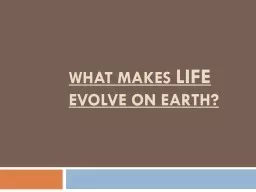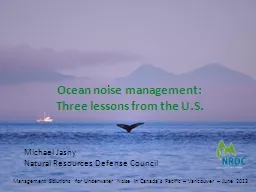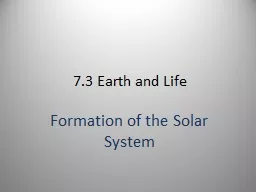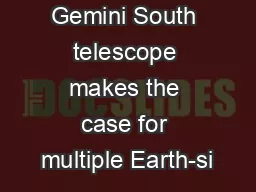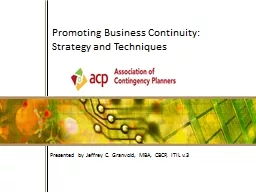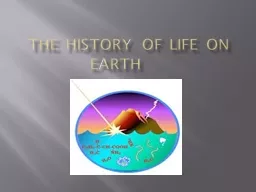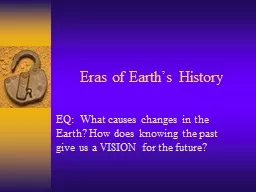PPT-What makes life EVOLVE ON EARTH?
Author : alida-meadow | Published Date : 2017-09-19
We have learned how much of an impact GEOLOGICAL PROCESSES have had on LIFE EVIDENCE of GEOLOGIC PROCESSES INCREDIBLE IMPACT ON LIFE INDEX FOSSILS brief but widespread
Presentation Embed Code
Download Presentation
Download Presentation The PPT/PDF document "What makes life EVOLVE ON EARTH?" is the property of its rightful owner. Permission is granted to download and print the materials on this website for personal, non-commercial use only, and to display it on your personal computer provided you do not modify the materials and that you retain all copyright notices contained in the materials. By downloading content from our website, you accept the terms of this agreement.
What makes life EVOLVE ON EARTH?: Transcript
Download Rules Of Document
"What makes life EVOLVE ON EARTH?"The content belongs to its owner. You may download and print it for personal use, without modification, and keep all copyright notices. By downloading, you agree to these terms.
Related Documents

